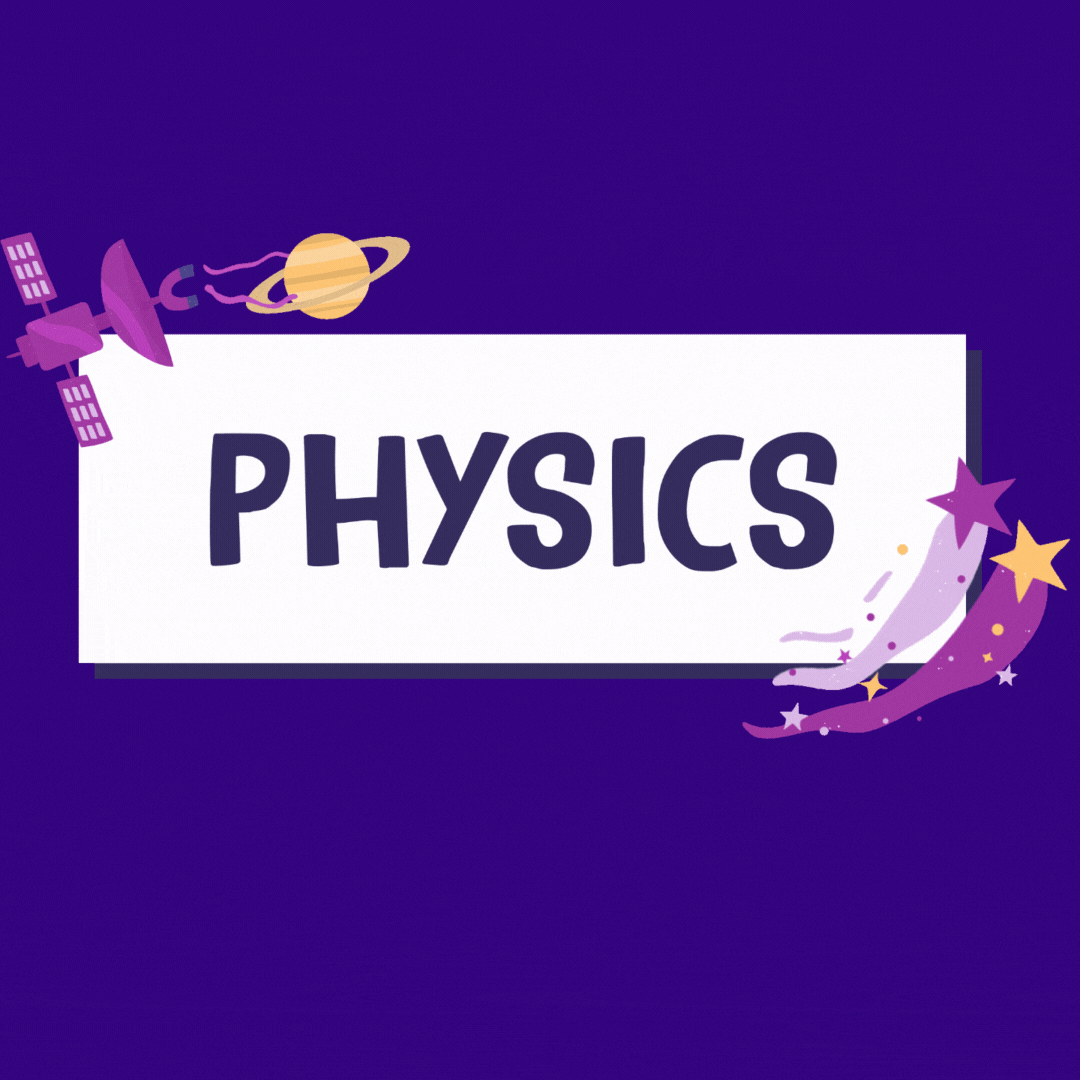NEET Physics Syllabus

NEET Physics Syllabus
Class 11 Physics:
1. Physical World and Measurement:
o Physical quantities and measurement techniques.
o SI units, dimensional analysis, and error measurement.
2. Kinematics:
o Motion in a straight line and plane.
o Speed, velocity, acceleration, and vectors.
3. Laws of Motion:
o Newton's laws of motion.
o Inertia, linear momentum, and conservation laws.
4. Work, Energy, and Power:
o Work-energy theorem.
o Kinetic and potential energy.
o Power and collisions.
5. Motion of System of Particles and Rigid Body:
o Center of mass.
o Angular velocity, angular momentum.
o Moment of inertia and rotational dynamics.
6. Gravitation:
o Universal law of gravitation.
o Gravitational potential energy and escape velocity.
o Satellites, orbits, and Kepler’s laws.
7. Properties of Bulk Matter:
o Mechanical properties of solids, liquids, and gases.
o Fluid mechanics, Bernoulli’s theorem, viscosity, and surface tension.
8. Thermodynamics:
o Laws of thermodynamics.
o Heat engines and refrigerators.
9. Behavior of Perfect Gas and Kinetic Theory:
o Ideal gas law and kinetic theory of gases.
o Specific heat capacities.
10. Oscillations and Waves:
o Simple harmonic motion.
o Wave motion, sound waves, and Doppler effect.
Class 12 Physics:
1. Electrostatics:
o Electric charges, Coulomb’s law.
o Electric fields and potential.
o Capacitance.
2. Current Electricity:
o Ohm’s law, electrical circuits, and resistances.
o Potentiometer and electric power.
3. Magnetic Effects of Current and Magnetism:
o Biot-Savart law, Ampere’s law, and magnetic fields.
o Earth’s magnetism, magnetic properties of materials.
4. Electromagnetic Induction and Alternating Currents:
o Faraday’s law, inductance, and transformers.
o AC circuits, RMS values, and resonance.
5. Electromagnetic Waves:
o Electromagnetic spectrum and properties.
o Wave nature of light.
6. Optics:
o Reflection, refraction, lenses, and mirrors.
o Optical instruments and wave optics (interference, diffraction, and polarization).
7. Dual Nature of Radiation and Matter:
o Photoelectric effect and wave-particle duality.
o de Broglie wavelength.
8. Atoms and Nuclei:
o Atomic models, nuclear structure, and radioactivity.
9. Electronic Devices:
o Semiconductors, diodes, transistors, and logic gates.
10. Communication Systems:
o Principles of communication, modulation, and signals.


 Achievers Team
Achievers Team 





